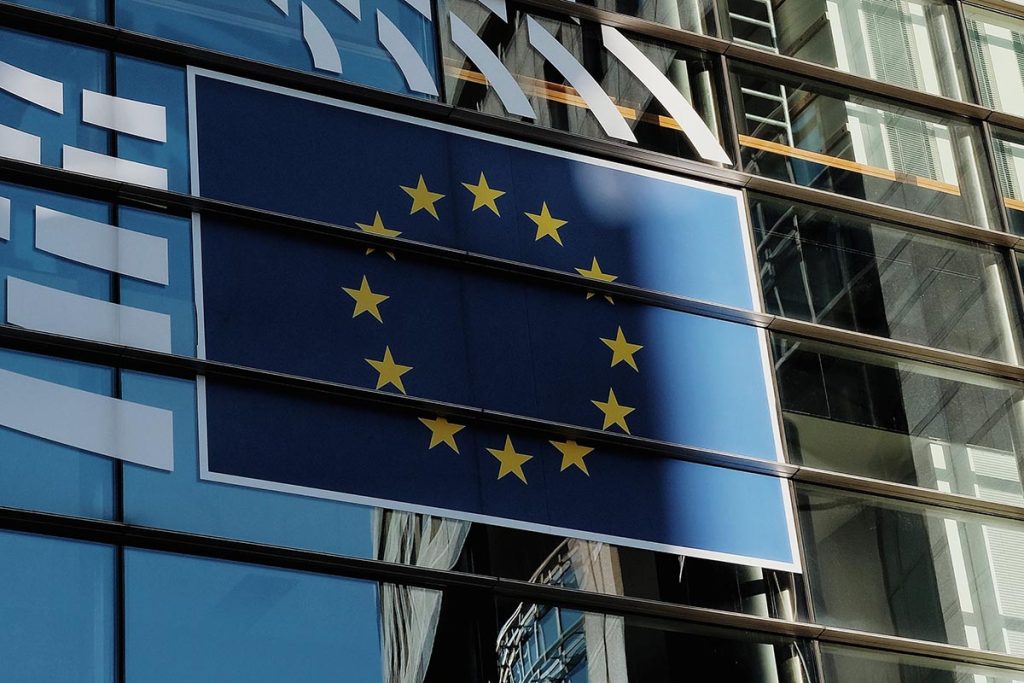European Union policymakers are poised to unveil new regulations on Tuesday aimed at stimulating the domestic manufacturing of equipment essential for solar and wind power, fuel cells, and other clean technologies. The objective is to bolster Europe’s competitiveness against Chinese and U.S. rivals in these crucial sectors.
The proposed rules include setting a target for the EU to produce 40% of the necessary products by 2030 to facilitate greenhouse gas emissions reduction efforts. This target encompasses a wide range of items, including renewable energy infrastructure, battery storage systems, heat pumps, electrolysers, biogas facilities, carbon capture technology, and electricity grids.
Concerns have mounted within the EU regarding its increasing reliance on Chinese manufacturers, particularly in the solar power sector where China holds an estimated 80% of global manufacturing capacity. Additionally, there are apprehensions that the substantial green subsidies outlined in the U.S. Inflation Reduction Act, amounting to $369 billion, may lure European producers to relocate overseas.
Negotiations scheduled for Tuesday, involving European Parliament lawmakers and Belgium, currently holding the rotating EU presidency, aim to finalize the details of the proposed Net-Zero Industry Act (NZIA). The NZIA stands as a cornerstone of the EU’s ambition not only to lead in reducing greenhouse gas emissions globally but also to excel in manufacturing the clean technologies necessary for this transition.
Expected to come into effect later this year, the NZIA proposes measures to streamline permit issuance, ensuring permits are granted within 18 months. Furthermore, it mandates that public authorities award contracts for clean-tech equipment based not only on price but also on environmental criteria, with a stipulation that no more than 65% of supply should originate from a single source.
Key discussions during Tuesday’s negotiations are anticipated to revolve around defining the scope of clean technology, including whether to incorporate nuclear power and all equipment components, as well as the potential shortening of permitting timelines and the strictness of non-price criteria in tender evaluations.

